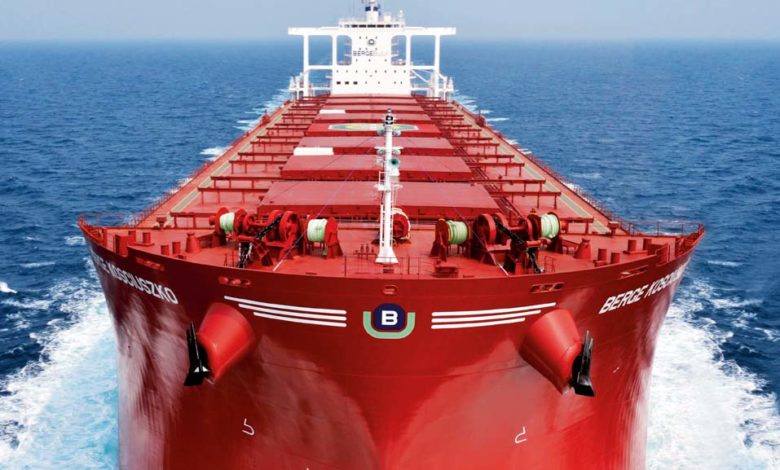Strong demolition and no new orders pivotal for dry bulk recovery

If the fleet keeps growing, Q1 will prove to be a false dawn, warns BIMCO’s Peter Sand.
The strong lift in freight rates in the first quarter of 2017 may have delivered on the promises a bit early, as the Baltic Dry Index (BDI) now finds itself below the 1,000 mark again. Despite better market conditions in 2017, compared to same period last year, we at BIMCO emphasise the need for continuous handling of the supply side in the dry bulk shipping industry. To keep further fleet growth at bay, the demolition activity must return to levels seen in the first half of 2016, together with an increasing focus on keeping slow steaming around.
The first quarter of 2017 provided a somewhat stronger-than-expected dry bulk demand, mainly driven by China’s import of iron ore, coal and grain. Together with improved optimism, the freight rates and earnings for the dry bulk shipping industry were lifted to profitable levels. The improved optimism led to fear of missing out on ‘the next super cycle’, as owners rushed to the secondhand market to expand their fleets, resulting in a sharp rise in secondhand prices for dry bulk assets.
The growing interest in the secondhand market means that existing ships no longer are priced miles below newbuild ones. This can thereby eventuate in a return to the shipyards for some owners, who can’t get the vessel they are looking for in the secondhand market. If a flood of newbuilding orders comes around, it will certainly kill the current recovery of the dry bulk shipping industry once delivered, as a further growth in the supply side, will need an even stronger growth from the demand side.
The total dry bulk orderbook is currently at the lowest level since mid-2004, as the low ordering activity seen since early 2016 has continued into 2017.
According to BIMCO’s Road to Recovery projection, a 0% supply growth is a condition for the dry bulk shipping industry to return to full year profitability in 2019. It is pivotal for the recovery of the freight market and for the return to profitable earnings, that the demolition activity does not stall and newbuilding orders remain limited.
But why should you demolish ships when you are finally starting to make some money? Because it benefits you too. The dry bulk shipping industry cannot simply rely on demand to cure the current state of the industry by itself. With an estimated 2.3% growth for the full year 2017, it is obvious that the supply side is not supporting the 0% growth scenario or a near term recovery.
BIMCO expects the supply side of the dry bulk market to lose some steam, as almost 50% of the total expected newbuildings for 2017 were delivered in the first quarter. BIMCO also expects to see a growing demand in the coming months, with iron ore and soybeans as the main driver.
This article first appeared in the just published latest issue of Maritime CEO magazine. Splash readers can access the full magazine for free by clicking here.
